7 EGG-citing Egg Facts Every Home Cook Oughta Know
~ Eggs seem so simple, but you might be surprised how much you don’t know about them! Eggs have returned from the nutritional netherworld of the 1980s cholesterol scare, bursting back on the scene with renewed popularity. From egg cooking tips, to egg nutrition … and beyond … here are some fun egg facts every cook (or food geek!) should know! ~
Last week, I mentioned how inspired I was by all the fantastic egg recipes I tried at Ohio EGGStravaganza down in Columbus. Seriously delicious foodie nirvana that I’m still daydreaming about.
And of course, you already know we love eggs here at THK. (Uh-huh … flashback to all our breakfast bakes, huevos rancheros, egg salads and deviled eggs …)
So, when the Ohio Poultry Association invited me to join them at EGGStravaganza, I was pretty much like, “Hey, Poultry Association … bring it on!” Well, they did. And they exceeded my expectations!
I came home excited to create new recipes (like my Skillet Breakfast Scramble).
And even though I’d thought I knew a lot about eggs, I learned far more than I’d ever anticipated. So much that I can’t wait to share with you! (Because, you know, the food geek hidden within me thinks this stuff is just too cool!)
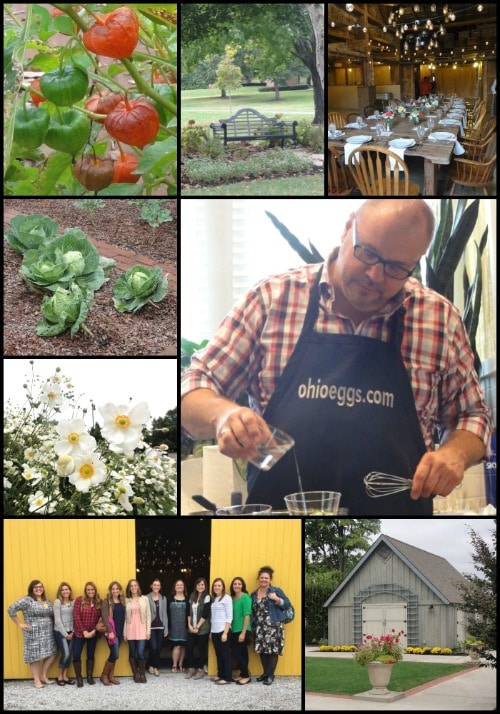
I talked with poultry farmers from across the state and was pleasantly surprised to learn that several of them were third- and even fourth-generation farmers. Sure, they were also business owners working hard to make a living, but I was so inspired by the realization that, among so many corporate giants in the food business these days, at the very deepest heart of it all, there truly are also still some real people, and real families, raising the food we eat.
For three days, we all talked earnestly about raising chickens – from the challenges of protecting flocks against the current avian flu, to the pros and cons of cage-free environments, to the differences between brown eggs and white.
One woman discussed the wide variety of feed mixes her dietician develops for her flocks. (Yes! A dietician for chickens … who knew?!?!?) They create 15 different variations to meet the nutritional needs of the chickens in all sorts of different conditions, from different weather to different life stages. No, really – 15 feed variations! The farmer next to her chuckled, “Yep, our birds eat better than we do.”
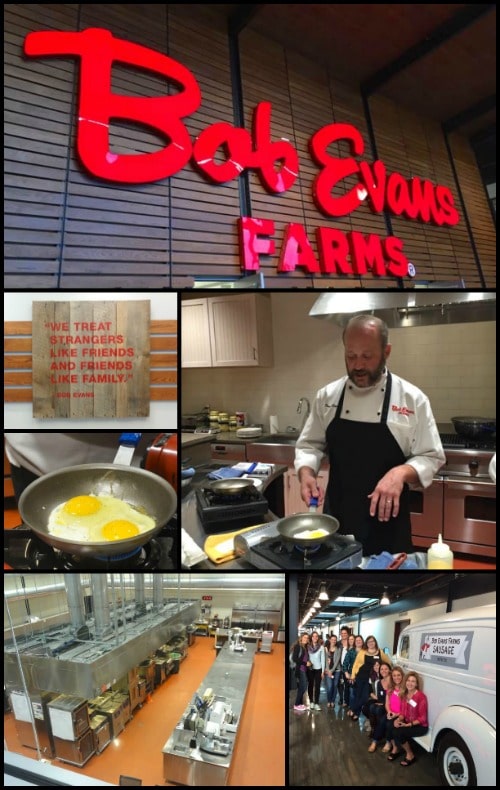
We also visited the new (impressively environmentally friendly, LEED Gold certified) Bob Evans corporate headquarters. I have to be honest. As a healthy food blogger, I wasn’t sure that there would be a lot that resonated with me in biscuits and gravy and strawberry pie, not a lot that I could share with you, my health-minded readers … but I was wrong.
My inner healthy eating fanatic (who always hangs out with my inner food geek) did a quiet little happy dance, as their Executive Development Chef intently discussed their renewed focus on fresh ingredients and healthier menu items. How rejuvenating to hear that nutrition matters to a corporate giant like Bob Evans, and that our purchasing power (as health-minded consumers) speaks directly to recipe developers in executive test kitchens. That’s amazing. We matter, friends … keep making those healthy purchasing decisions!
I could go on and on. The nutrition-loving foodie in me just soaked it all up.
But, at this point, I can pretty much choose to either:
(a) Write an epic tome entitled “Everything You Ever Wanted to Know About Eggs … and a Whole Bunch of Stuff You Really Didn’t” or
(b) Hit you with my 7 favorite egg fun facts, courtesy of all my new friends at the Ohio Poultry Association and the fists full of educational literature they kindly offered.
I couldn’t quite hear you, but I’m pretty sure you chose (b). So here ya go …
My Top 7 Egg Fun Facts
- Brown Eggs or White? There’s no real, substantive difference in quality or nutrition between white eggs and brown eggs – shell color is simply determined by the breed of the laying hen. So why are brown eggs more costly? Of course, the more expensive cage-free or organic eggs are often brown (because brown-egg-laying hens are frequently chosen to lay these, partially just due to consumer perception that brown is somehow healthier). But aside from that, the hens that lay brown eggs are generally a little larger and need more food, so even with everything else being equal, brown eggs are typically more expensive for that reason.
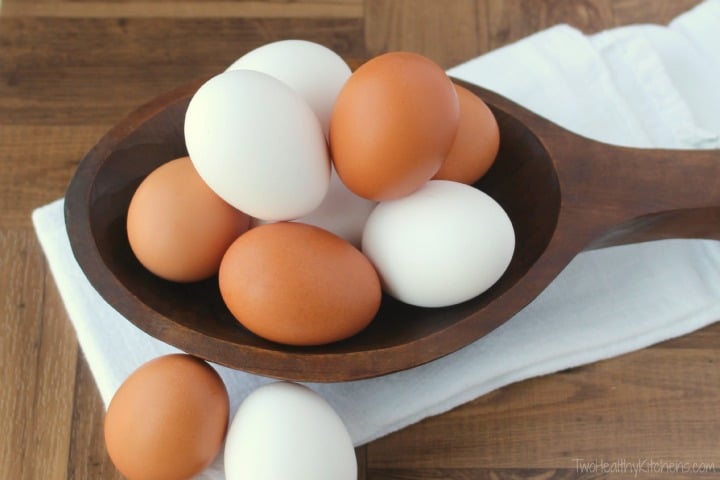 Why Aren’t All the Eggs in My Carton the Same Size? Ever wonder why some “large eggs” don’t look quite as large as others, or as the ones in the dozen you bought last week? I learned that the size labels (medium eggs, large eggs, etc.) are based on weight, not the shell’s circumference, and that the USDA has specific guidelines for the overall weight of an entire carton, which allows for a little bit of variance within that carton from one egg to the next.
Why Aren’t All the Eggs in My Carton the Same Size? Ever wonder why some “large eggs” don’t look quite as large as others, or as the ones in the dozen you bought last week? I learned that the size labels (medium eggs, large eggs, etc.) are based on weight, not the shell’s circumference, and that the USDA has specific guidelines for the overall weight of an entire carton, which allows for a little bit of variance within that carton from one egg to the next.- Why Are Some Hard-Boiled Eggs So Much Harder to Peel? Ok, ok … I already knew this after we wrote our post on How to Hard-Cook Eggs, so it’s not exactly a new “Fun Fact” … but still, it’s cool enough to share with you again! So anyway … The fresher the eggs are when you hard-cook them, the more difficult they’ll be to peel. As eggs age, moisture and water inside the egg is lost and the membranes of the egg begin to shrink away from the shell … making an older egg easier to peel. So next Easter, plan ahead just a little and buy those eggs 7-10 days before your kiddos dye them for the bunny!
- What Are Those Little Specks and Ropey-White Strands I Sometimes See in My Eggs, and Are Those Eggs Still Safe to Eat? (Honestly, haven’t we all wondered about this?) Turns out, the small little blood spots are perfectly safe to eat and are caused by an accident like a little rupture on the yolk’s surface while the hen was laying her egg. (No … it doesn’t mean the egg was fertilized … particularly since egg producers don’t keep roosters around!) And those white, ropey strands? A really prominent one actually indicates freshness (totally bonus, unless, of course, you’re making hard-boiled eggs as we mentioned above!). The white strand is called the chalazae, and it’s just there to help keep the yolk anchored in the center of the egg white. If either the little spots or the chalazae bother you, you can certainly remove them with a small, sharp knife, but there’s truly no need to do so.
- So, Are Eggs Really That Nutritious? Yup! Eggs (so misunderstood and plagued with bad cholesterol-fearing press in the 1970s and 80s) have made a nutritional comeback … big time, and for big reasons. One large egg has around 70 calories (ahem, before you fry it in butter or use it to batter-dip fried chicken … just sayin’ …) yet contains 6 grams of protein, plus 13 essential vitamins and minerals. And while it’s true that the yolks contain all of the fat and cholesterol, they also contain 100% of an egg’s vitamin E, iron, choline, zinc, and vitamins B12, D, A and B6, plus most of an egg’s folate.
- What Do All Those Important-Looking Numbers on the End of My Egg Carton Mean? On the end of every egg carton, there’s typically a sell-by or use-by date. There’s also a three-digit Julian date (001 for January 1 to 365 for December 31 … and everything in between!). The Julian date indicates the day the eggs were packed, which gives you further insight into their freshness. In addition, you’ll find another code that signifies the USDA packaging plant where your eggs were packed. If you’re really curious, you can actually use that code and learn which farm/packing plant produced the carton of eggs you’re holding – just key the four-digit code (sometimes preceded by a “P”) into the USDA’s form here in the section entitled “Search Plants by Plant Number.” It’s actually kind of fun! (Or, ummmmmm … at least it is if you’re in the Brotherhood of Food Geeks … and a little shout-out to you if you are!)
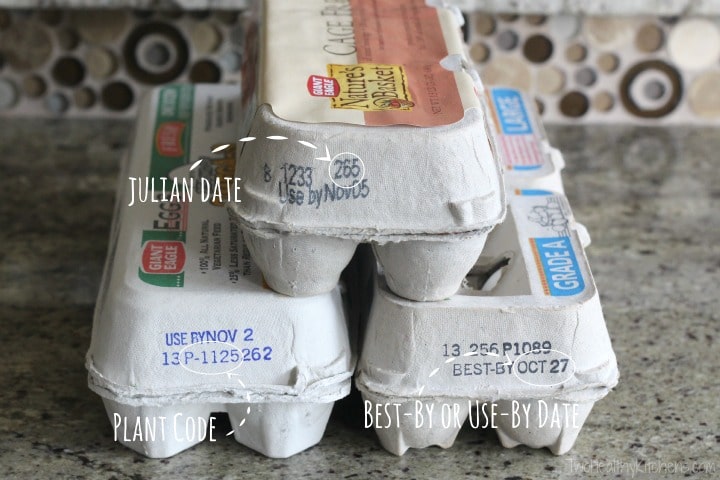
- What State Produces the Most Eggs? And just to end with a slightly random fun fact that only my fellow Ohioans will appreciate: Ohio ranks second in the nation for egg production! (Ok, ok … Iowa is first, but who’s really counting?!?)
To Learn More About Egg Nutrition, Egg Production and Cooking with Eggs …

~ by Shelley
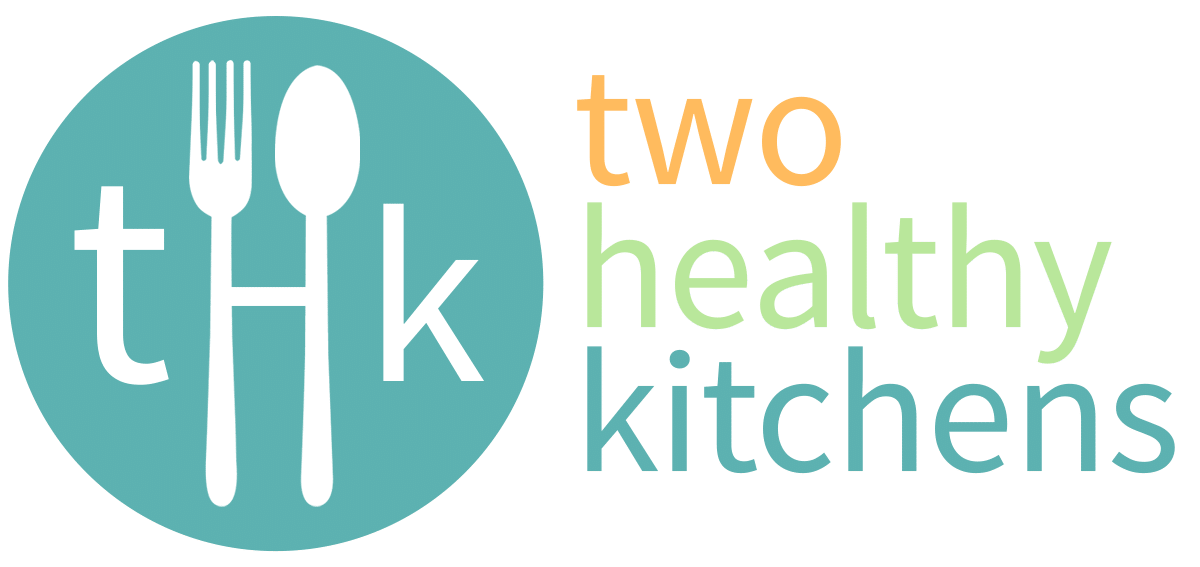
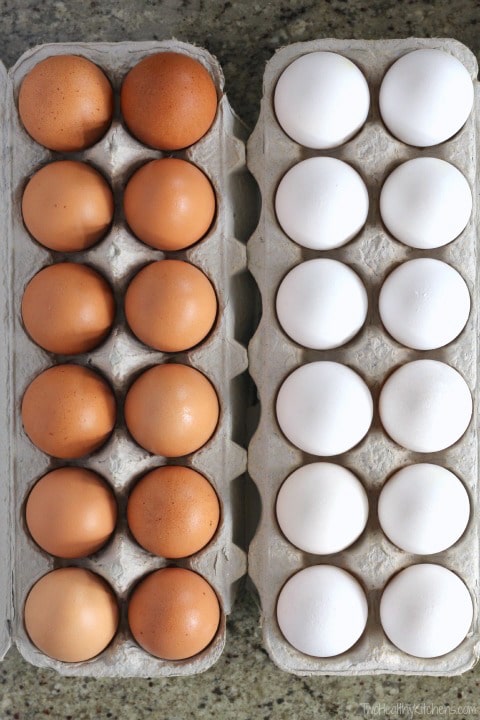
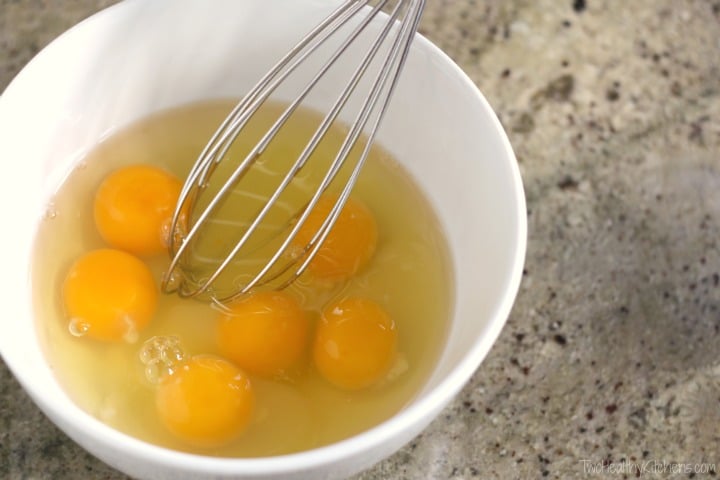

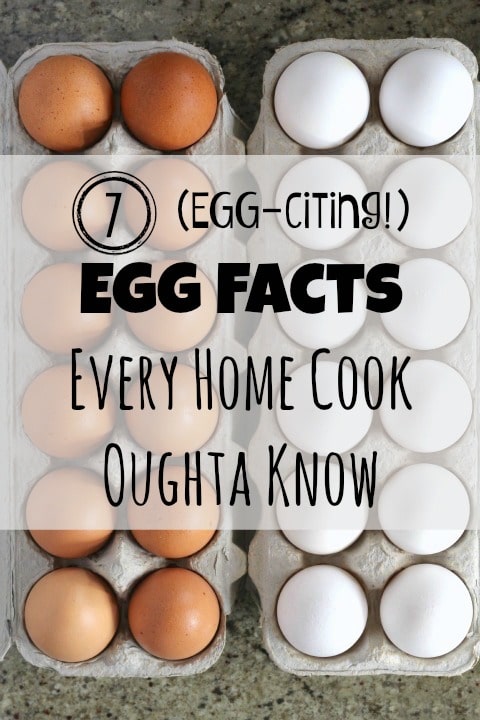
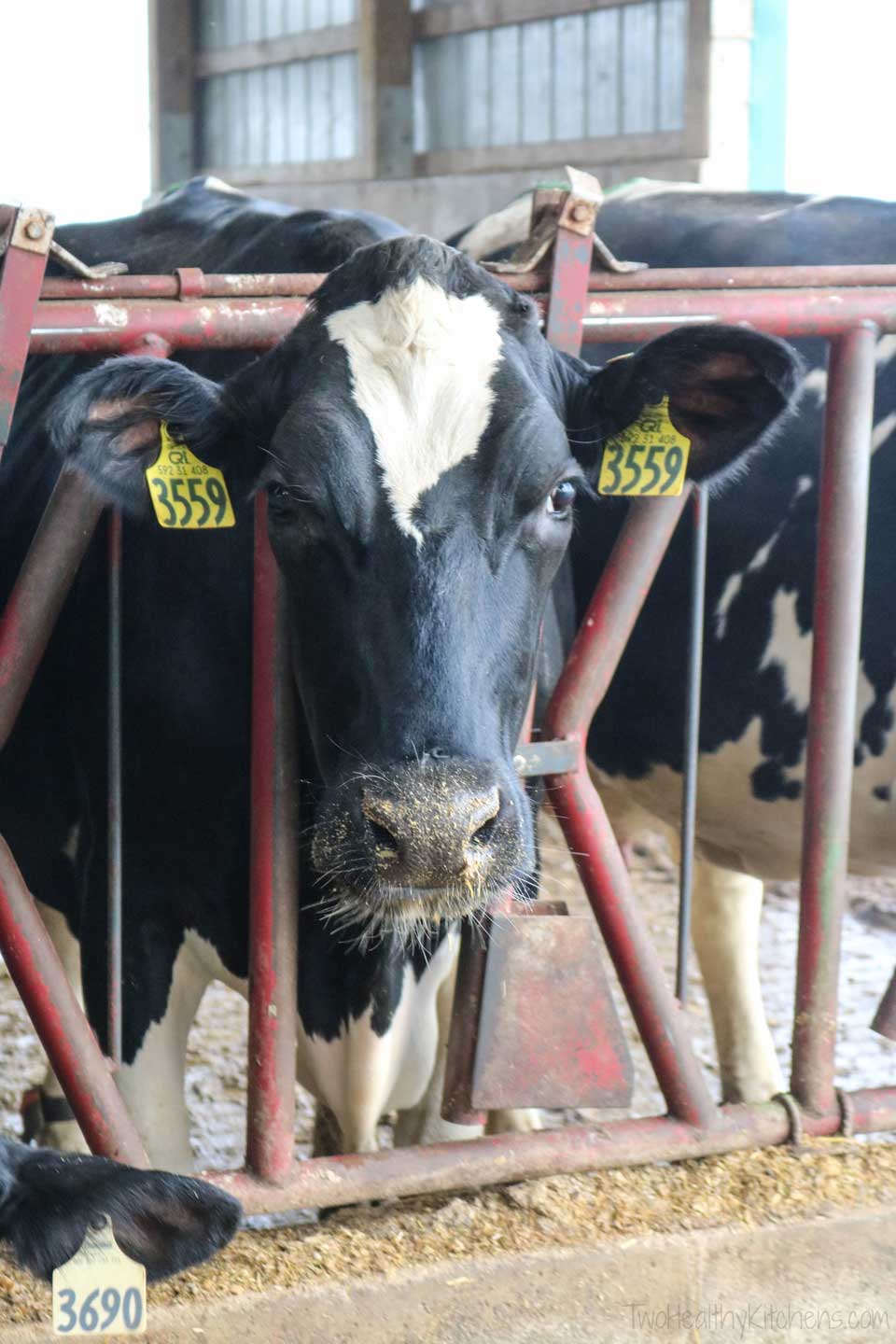

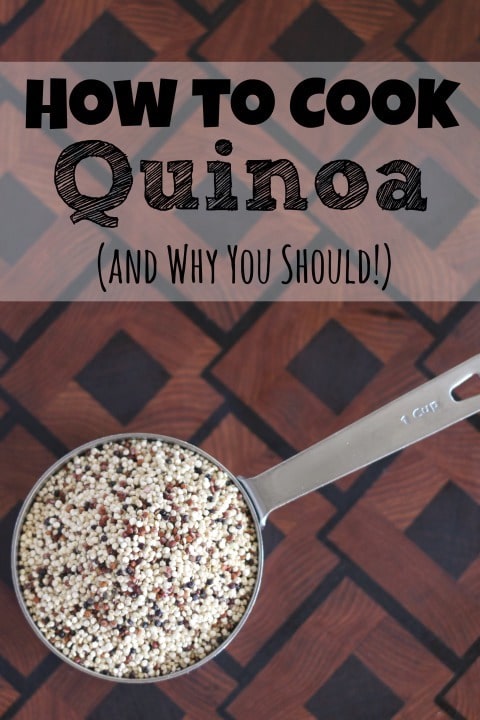
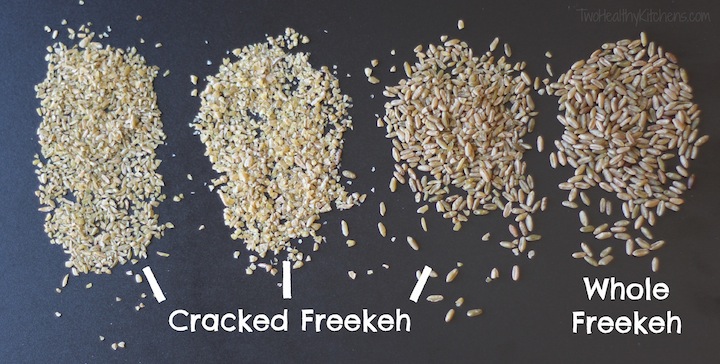
This is such a fantastic post! I’ve been debating how best to frame our visit too. At first I thought about the omelet recipe then I thought aboutHalloween-themed deviled eggs, but I think I’ve settled on the Pumpkin Creme Brûlée because it’s just too good not to share with my readers 🙂 But I LOVE all the great and positive information you’ve shared about eggs here. I had so much fun on our trip… I want to go back and do it again!
That’s all pretty interesting! Good to know on the white vs brown eggs, too — I normally buy the brown ones because they’re prettier :-X
Fun post! I totally eat a scrambled egg on toast for lunch almost every day. I knew a couple of these fun facts, but you definitely taught me some new tips, too. Looks like you had an awesome trip! 🙂
Thanks, David! And I’m totally with ya – eggs are one of my favorite, super-fast meals. Whether it’s a scrambled egg on toast, a quick scramble with leftover veggies, or a Mexican egg quesadilla, it’s just such a quick, protein-rich little meal! So glad you liked the egg facts, too – I really learned so much that I was excited to share! 😀 ~Shelley
I love that you put this post together! I was trying to remember everything we learned but there was just so much information and I didn’t want to keep pulling out my phone to take notes haha.
Haha – yeah, Erin … you may recall that I was the geek joyously scribbling away in my notebook the entire time. Pretty much the story of my life. 😀 But hey, I sure do love me some good fun facts!